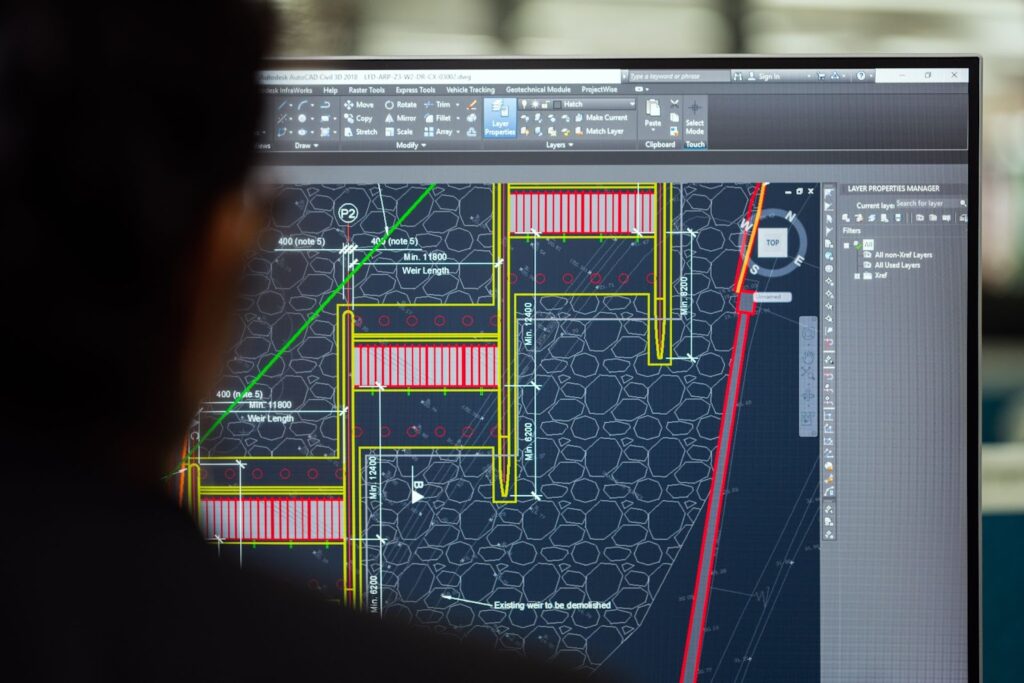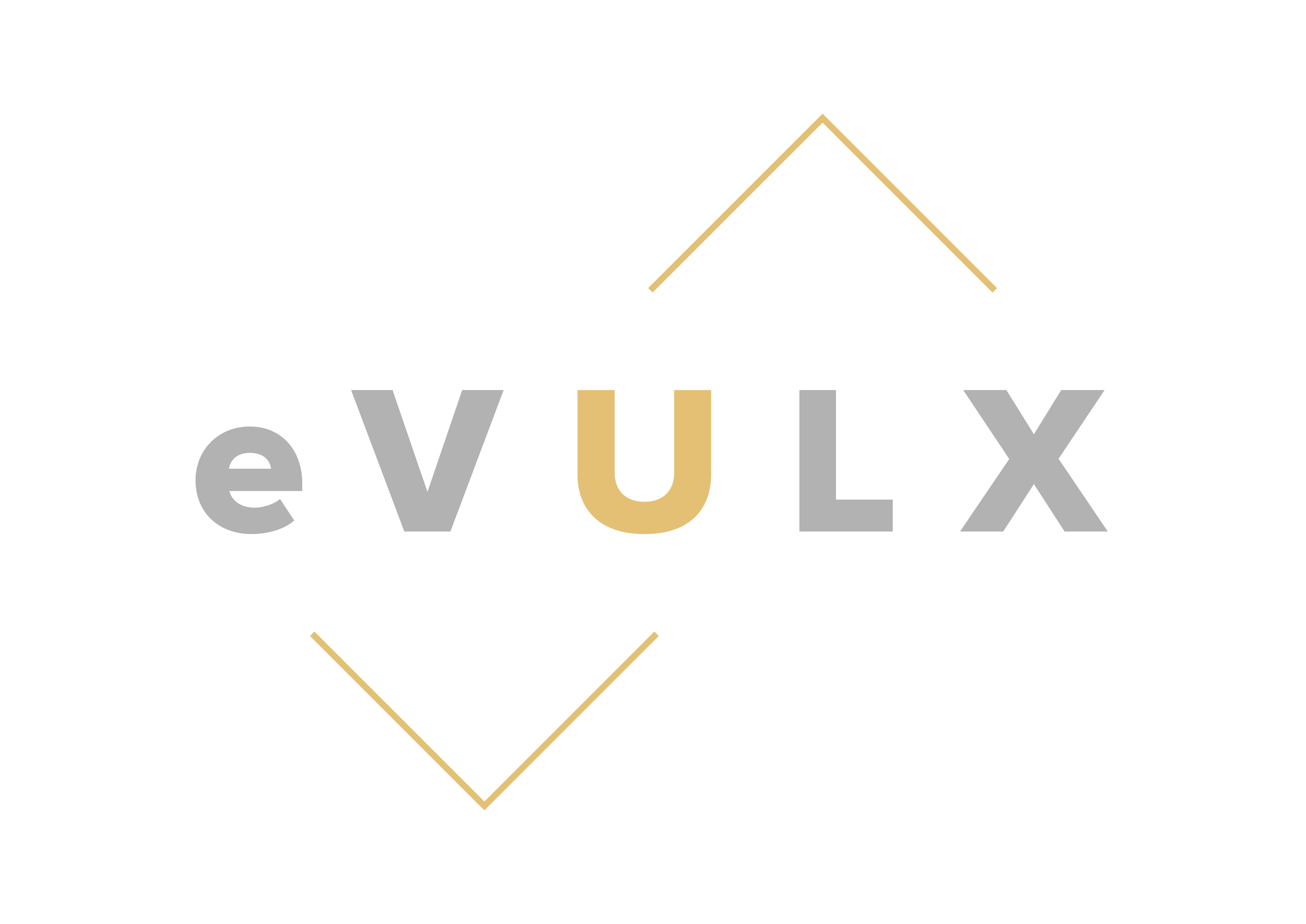
- “Gamification is at the core of revolutions”
― Vineet Raj Kapoor
Gamification is a hot buzzword in the SaaS development industry. But what exactly is gamification, and how can it be applied to software development? Gamification in software development can help with things like improving employee morale, increasing customer engagement and reducing churn rates. It has been used for everything from motivating employees to encouraging healthy behaviour at home. Read on as we dig into Gamification in Software Development.

Using Gamification to enhance the software development process
For software developers, gamification technology can be used for everything. From increasing efficiency and effectiveness to making things more fun, principles of gamification are a way of life for most software development teams now.
Gamification is a way to encourage collaboration, creativity, and productivity by increasing engagement, motivation and loyalty. With the right approach, gamification can also be used in software development to motivate people to collaborate, solve problems and develop new products.
The Gamification Way
What is gamification? Put simply, it uses game mechanics and design to solve problems. But there’s more to it than that. Gamification encourages people to do something by turning the activity into a game or competition with rules, rewards and challenges. Creating a digital experience incorporating these elements can make your product more engaging for users and increase customer loyalty.
Gamification can be used anywhere from employee engagement initiatives to sales force motivation campaigns—and there are benefits for both employers and employees alike when this approach is applied correctly:
Dos
Motivation as the critical element: Employees want to be motivated. They want to feel like they’re part of something bigger and valued, and gamification helps them achieve that by allowing their performance at work to affect how they are rewarded.
Donts’
Creating Competition: One potential downside of gamification is that some people may feel like their workplace has turned into a competition where winning means getting ahead over others who aren’t doing as well (or even worse: those who aren’t keeping up). This kind of competitive atmosphere could lead employees who already feel like substandard employees because they’re not advancing quickly enough professionally; however, if handled correctly within your organisation’s culture – it could actually help boost morale instead by showing leaders care about overall satisfaction levels.
Elements of Gamified Software Development
1. The Players
Now that you know what gamification is, let’s talk about the players. Who are they? The players are the people who will use your software. They’ll be the ones motivated to use it, and they’ll most likely be your customers or users.
2. Reward Points
You can use reward points to motivate your team members. Points are usually earned by completing tasks and can be used to unlock new features or levels of the game. You could also give your players access to a new feature if they have enough points or award them a prize in recognition of their hard work.
3. Badges & Leaderboard
Badges and leaderboards are a great way to show off your skills by earning badges and displaying them on your profile for others to see. Badges can be earned by completing different tasks. Some of these will be simple (like publishing an article), while others may require more time or skill (like writing a code review that gets accepted into the codebase). Once you’ve earned enough badges, you’ll have something exciting and impressive for your profile. Leaderboards are another great way to show off your skills: they allow you to compare yourself against other users based on several criteria, such as the number of followers or stars received from their projects.
4. Game Jams
Game jams are a fun and creative way to solve problems in software development. Game jams take place over a short time (usually 24 hours) when participants rapidly prototype games. They’re useful for improving processes since it’s pretty difficult to develop games without identifying and fixing flaws in your process as you go along. This can be done by using an existing process and making small tweaks or by creating an entirely new process from scratch.
In addition to helping the team identify problems with their current workflow, game jams also allow participants to experiment with different ways of working together, which often leads them towards more efficient methods of collaboration in the long run!

How Businesses Can Get Started with Software Development Gamification
1. Set goals
Goals help you establish a framework for your company’s digital training, so it’s important to define them clearly and set milestones that can be achieved in short amounts of time. This will allow you to track progress and stay motivated while staying on course.
2. Lay down the rules.
Just like any game, there must be a defined set of rules that are easy to interpret. You can use this as an opportunity to reinforce your company’s mission and values while managing what your employees see as an integral part of the workplace. This sets the tone for all other gamification tactics you deploy later on.
3. Give out rewards.
A reward system is a critical part of gamification, as it can give employees a sense of accomplishment and pride. Giving out rewards that are meaningful to the specific employee will further boost their motivation to work harder. For example, you can have a badge system that allows people to learn and better themselves in some regions of expertise. Employees who exhibit such badges will feel more valued.
4. Include a leaderboard or scoreboard.
Leaderboards and scoreboards are a great way to create a sense of friendly competition within your company. They allow employees to measure their performance against other team members, resulting in increased motivation and engagement.
5. Provide real-time feedback
Gamification can help you provide instant feedback. If positive, it will energise your employees and build a sense of community that motivates them. Negative feedback pushes them to improve, while timely feedback will provide them with actionable steps they can take to fix any areas that need improvement.

Gamification can be used for everything.
It’s a powerful tool that can be used to increase engagement, create an environment that motivates people to work harder and faster, and help your business grow.
Gamification creates an enjoyable competitive experience that engages users, encouraging them to participate and learn more. We identify your core goals and challenges, then design a game that will encourage users to improve their performance: read more about eVULX products and highlighting leadership and support are just some of the areas it could come into play. You could even use gamification learning examples methods while onboarding employees or planning company events (like parties).
Conclusion
This is just the tip of the iceberg when it comes to how gamification can improve software development. This article will give you a solid starting point on how to implement this strategy in your product. Don’t forget that the key to successful gamification is to make everything easy. The whole point of gamification is to provide an engaging experience for your users, so if it’s too complicated you might lose them after a little while. If you have any questions or ideas on how we could use gamification in our projects, please visit our website for more information.
9.08 & 9.09, Block E Phileo Damansara 1,
9, Jalan 16/11, 46350 Petaling Jaya, Selangor
Telephone: +60122254456
Email: [email protected]
(202001021557) (1377877-X)
All Rights Reserved



